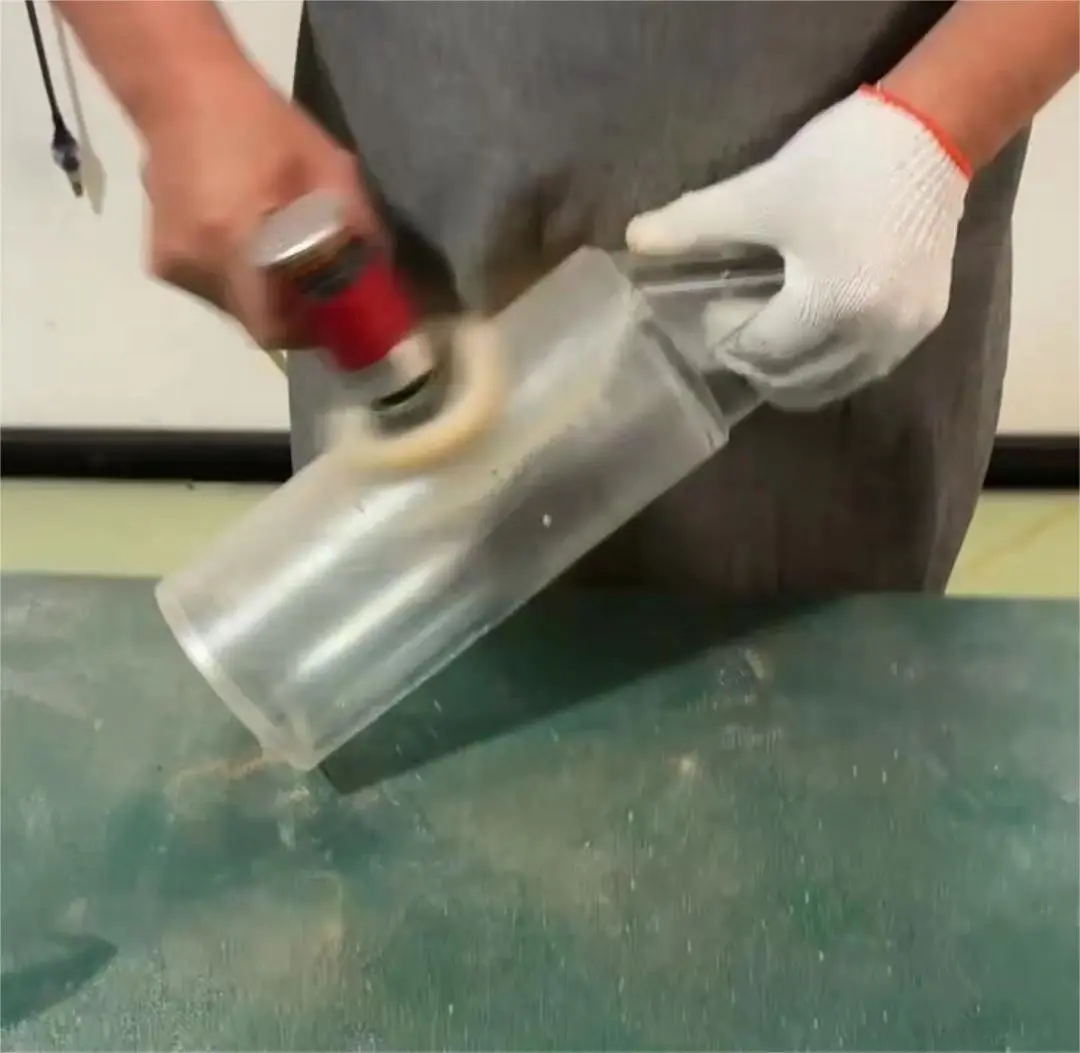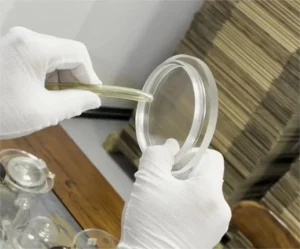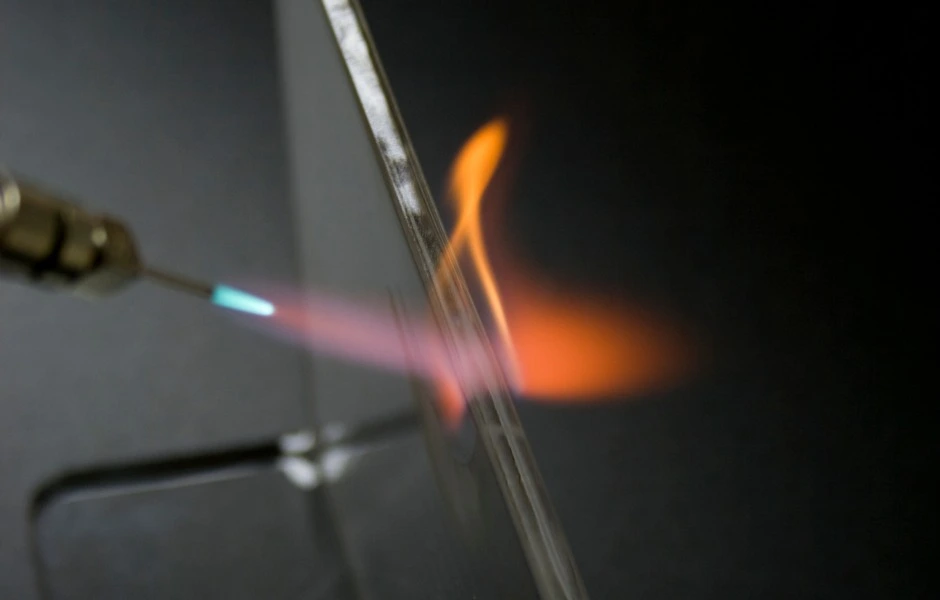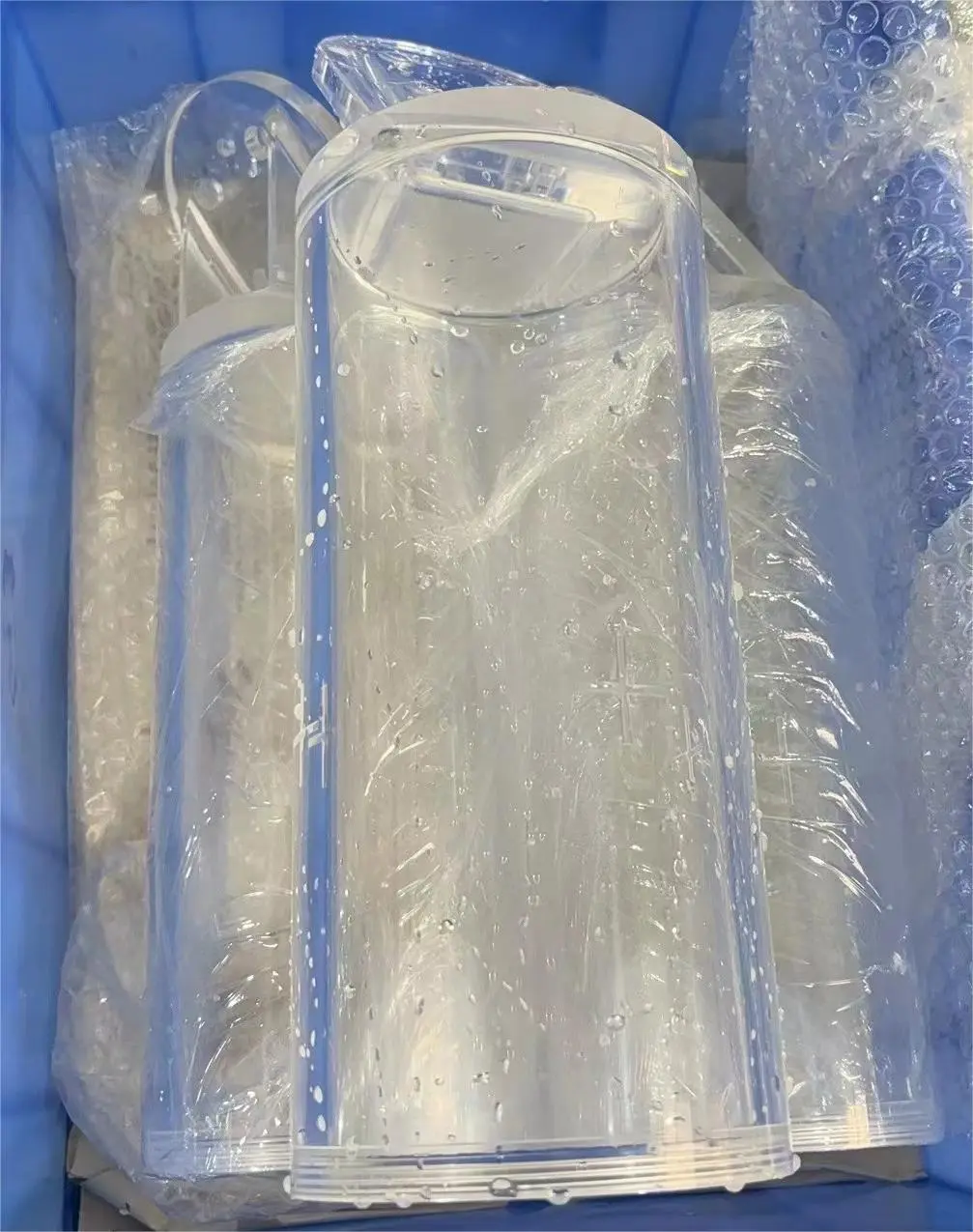- Capabilities
-
CNC Machining
Tight tolerance and 20+ finishes 3, 4 , 5 axis, as fast as 2 days -
Sheet Metal Fabrication
High-precision, on-demand sheet metal cutting and bending. -
3D Printing
SLA, SLS,MJF,SLM, FDM 3d printing with post treatment. -
Vacuum Casting
Production quality parts without the tooling investment.
-
- Solutions
Rapid Prototyping
Fastest lead time of high-quality prototypes at minimal cost.
Low Volume Production
From one-off prototyping to low-volume production.
Mechanical Assembly
Custom assembly for project-specific needs.
Custom Package
Ready to help you prompt your brand.
- Sources
Materials
Select from 100 more types of metals and plastics.
Finishes
Select from 20 more types of surface fishes.
Industries
Providing precision machining and manufacturing solutions.
Cases
How we assist our clients in bringing their projects to fruition.
- Company
Quality Assurance
Consistent quality, every time.
About Us
Your go-to manufacturer for custom parts.
Newsroom
Learn updated news about ECOREPRAP.
Acrylic Polishing: The Complete Guide
Updated: December 09, 2023
Table of Contents
- 1. What is acrylic polishing?
- 2. Benefits of acrylic polishing
- 3. When acrylic polishing is needed?
- 4. Acrylic polishing methods
- 5. Materials and tools needed for acrylic polishing
- 6. CNC machined acrylic parts polishing practices
- 7. Tips and tricks for acrylic polishing
- 8. Work with ECOREPRAP for acrylic polished parts
PMMA, also known as acrylic, is widely used in industries such as medical, automotive, and aquariums due to its high transparency. For high-end prototypes manufactured through CNC machining, achieving high transparency in acrylic is crucial for the success of the product. Let’s learn together how to obtain high transparency in machined acrylic products through polishing.
1. What is acrylic polishing?
The acrylic polishing process typically employs abrasive materials like sandpaper or polishing compounds to remove imperfections, scratches, and tool marks from the acrylic surface, to achieve high transparency. Manual polishing with progressively finer grits of sandpaper is a common method, but more advanced techniques, such as diamond edge polishing, may also be used for a higher level of precision and gloss. It’s a procedure one carries out occasionally, and still, it helps achieve a natural appearance with a shiny finish.
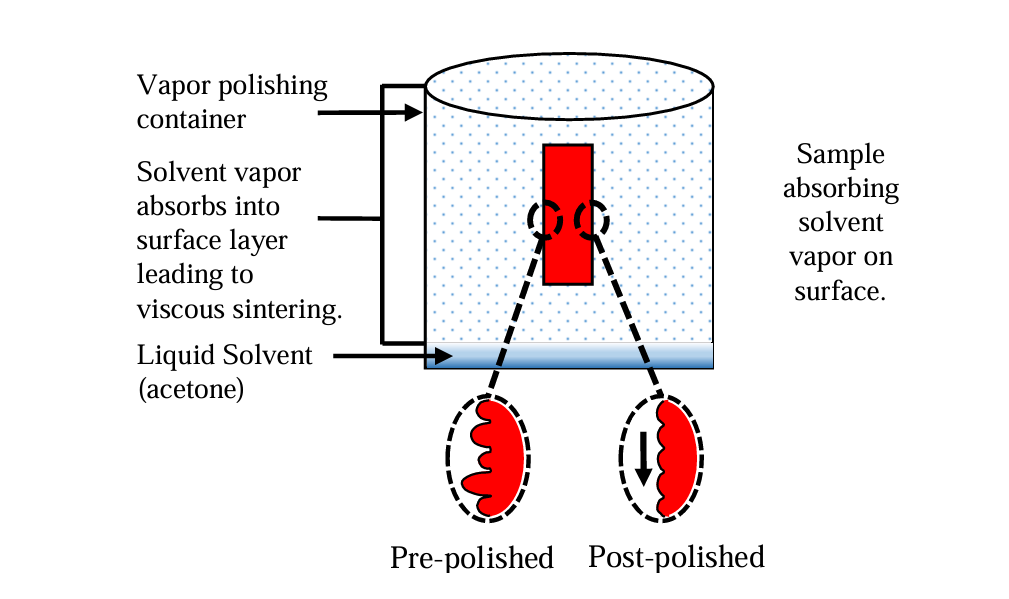
2. Benefits of acrylic polishing
Acrylic polishing delivers several benefits, below are some key advantages:
2.1 It imparts a natural, high-gloss appearance to materials. Polishing components and related substances contain elements that enhance the material’s gloss and appearance, resulting in a visually appealing, shiny finish.
2.2 The process eliminates all scratches from the acrylic surface, ranging from fine to medium. By removing these blemishes, polishing improves the clarity of an acrylic item, often making it appear sparklingly clear.
2.3 Acrylic polishing provides a durable finish with high optical clarity. The substances used in acrylic polishing help make the surface more durable, enhancing properties like scratch resistance, light transmittance, and clarity.
2.4 Polishing is done periodically, saving on time, and effort while preventing wear and tear of the surface.
2.5 Unlike other procedures, acrylic polishing does not require stripping, which involves the removal of vapor or gas from a foam, ensuring better results without any aftermath effects.
The polishing of PMMA requires experienced workers who must exercise extreme caution during the polishing process. Any cracks even minor ones that may occur could fail subsequent chemical polishing, leading to the breakage of parts. This is the main disadvantage of acrylic polishing.

3. When acrylic polishing is needed?
Acrylic polishing is often needed for high-quality CNC machining parts or prototypes, to achieve a smooth and glossy finish on the acrylic complements.
4. How to Polish Acrylic
4.1 Manual polishing
Manual polishing is often used for prototypes, small batches, or high-end parts, needs a rotating polishing disk or a polishing cloth embedded with a special paste. It’s suitable for small items with curved edges or when removing minor scratches, mainly due to its labor-intensive nature.
4.2 How to buff acrylic
Buffing is smoothing the acrylic surface using an abrasive and a work wheel. Commonly used for large components’ exterior surfaces, it involves a specific cutting compound that leaves microscopic scratches on the acrylic sheet, creating a slightly uneven, attractive finish.
4.3 How to vapor polish acrylic
Vapor polishing involves the use of a solvent vapor flowing over the acrylic surface, producing a translucent finish, making it popular for smoothing out imperfections, especially on medical equipment. It prevents debris from adhering to the surface during sensitive procedures and enhances light transmission.
Click to learn complete vapor polishing information here.
4.4 Flame polishing
Flame polishing employs a fine high-temperature flame based on hydrogen. This flame is passed over the surface of the acrylic, slightly melting it and thereby polishing the surface. Ideal for any size or shape of acrylic, it’s specifically effective on flat and external surfaces. This technique can produce some of the clearest finishes on your acrylic material with the right skill level.
4.5 Diamond Polishing
Diamond polishing is the method of choice for perfecting straight or sloping surfaces. A machine with a pre-cutter and natural diamonds produce a smooth, glossy finish, suitable for high-end retail, luxury branding blocks, corporate awards, and thick materials that will be viewed up close.
5. Materials and tools needed for acrylic polishing
To do the acrylic polishing process, the following materials and tools may be needed.
5.1 Sanding block
5.2 Draw blade
5.3 Sanding paper or sanding net
5.4 Cotton cloth
5.5 Polishing paste
5.6 Cloth buffing wheel with polishing wax
5.7 Grinding grids
5.8 Water
6. CNC machined acrylic parts polishing practices
6.1 Polishing with a cloth buffing wheel and wax
Effortlessly polish cut edges, sizable, and curved surfaces utilizing a cloth buffing wheel secured in a readily accessible drill.
6.2 Manual polishing
Refine the cnc machined acrylic part with 180-grit sandpaper by expertise with rich experience. Then change the sand paper to 320-360 and 1500-grit and repeat the polishing process, until the polished acrylic part looks shiny, smooth and crisp.
6.3 Vapor polishing
Get the cnc machining acrylic part vapor polished and the part looks aesthetic and higher clarity.
7. Tips and tricks for acrylic polishing
The quality of CNC acrylic can be improved significantly with right post-processing, primarily polishing. Here, we provide you with expert guidelines to achieve the best polishing results:
7.1 Choosing the right material and tools
Getting the right devices is crucial, from a range of suitable sandpaper grit sizes to power buffers, buffing wheels, or cloth wheels and polishing compounds like cerium oxide or white diamond polish.
7.2 Preparation and polishing techniques
Ensure the acrylic surface to be polished is free of dirt, dust, and residues first. Using the right sandpaper grit size becomes consequential. Start with coarse grit sandpaper like 180 or 220 grit. Progressively move to finer grits like 320, 600, and onwards to 1000 or 2000 grit for an impeccably smooth finish. Also, have your sandpaper wet; it suppresses heat generation during sanding, which otherwise can warp the acrylic or make it cloudy.
7.3 Effective polishing
Consistent strokes and even pressure render a homogeneous finish to the acrylic surface. You may also leverage different methods of sanding – from straight line to circular – to achieve distributed pressure evenly. Remember, as you sand, the acrylic heats up, which may lead to warping or clouding. To avoid this, take periodic breaks, and ensure the acrylic cools down perfectly. Once sanding is complete, you can seamlessly transit to the actual polishing process using a power buffer, buffing wheel, or cloth wheel.
7.4 Post-polishing and handling
Use a mild soap solution or acrylic cleaner to meticulously remove any remaining residue and buff the surface. The final act is to handle the polished acrylic with excessive care. Always handle it with clean hands because oil and dirt can easily cause scratches on the surface.
8. Work with ECOREPRAP for acrylic polished parts
Given the crucial role of acrylic polishing in achieving high transparency for CNC-machined acrylic parts, it’s critically important to select a factory with abundant experience. ECOREPRAP, with its wealth of experience in providing high-end, highly transparent acrylic medical parts, car lights, lenses, and more, is your best choice.
Contat us and get your acrylic parts machined in high quality.
Let's get your projects started, together!
Get custom parts machined in high quality, delivery on time.





















